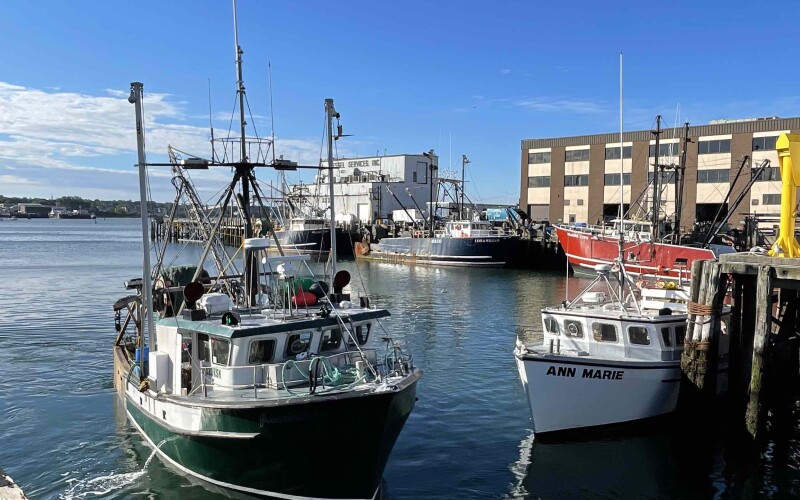Thirty years on, fishermen call for a re-evaluation of catch share programs that give foreign investors and non-participants a share of the catch.
Individual Transferable Quotas are far from a new idea in fisheries.
The International Commission for the Northwest Atlantic Fisheries attempted to manage fisheries in the Northwest Atlantic from 1949 to 1979. The organization started discussing quota management in the 1960s and introduced national fishing quotas in the early 1970s. ICNAF sought to make these national quotas transferable in the late 1970s, but with Canada, the United States, and other North Atlantic Rim countries establishing what were then called Fisheries Conservation Zones extending 200 miles from their coasts, ICNAF was disbanded.
While countries such as Canada and Iceland aggressively pursued policies of quota management, including Individual Transferable Quotas (ITQs), the United States saw only three fisheries –Alaska halibut, Atlantic surf clam, and southern Atlantic wreckfish – adopt quota management before declaring a moratorium on the use of a tool that most saw as privatization of a public resource.
In 2000, Maine Sen. Olympia Snowe failed in her efforts to extend the moratorium. Under pressure from Jane Lubchenco, who headed to the National Oceanic and Atmospheric Administration fisheries under President Obama, groundfish fishermen in New England – the last bastion of defiance against what many fishermen saw as the privatization of fishing rights – agreed to the start of a catch share program in 2011.
Tim Barrett of Scituate, Mass., was among those forced into the program, which divided groups of vessels into sectors that controlled various amounts of quota.
“We were a sector primarily made up of smaller dayboats with members pretty much from south of Boston — Scituate through the Cape to Provincetown,” says Barrett. “We had 28 boats [in 2011]. Right from the jump we started losing people. In about five years we got trimmed down to about 10 or 15 active boats. Now we’re down to one. That’s me. Last man standing.”
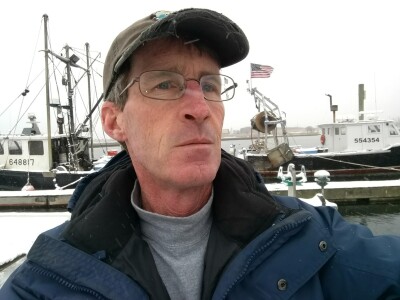
In response to a ProPublica story that broke the news of a Dutch billionaire family owning a significant percentage of New England catch shares, Barrett joined the Catch Share Coalition in late 2022, and went to Washington D.C. to meet with legislators and administrators at NOAA.
While Larry Marino, a Louisiana lawyer working for that state’s Attorney General, did not join the Coalition in its visit to Washington, he was widely quoted and cited by coalition organizer the North American Marine Alliance (NAMA).
“The problem is that quota has become property,” says Marino. “When fishermen land their catch, they’re paying two-thirds to three-quarters of the value to the quota holder.” Marino expresses no dissatisfaction with the effectiveness of the program, but takes issue with the idea of non-fishermen becoming landlords of the sea.
“My objections are to the way the shares of the commercial quota were given, effectively permanently, to certain individuals; the control they have over who gets to use the shares each year; allowing non-fishermen to hold the shares; and the ill effects of those facts,” he says.
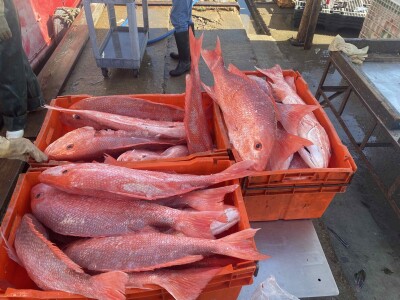
Depending on who you talk to, the winners or the losers, catch shares are either working or not. In 2006 the Nature Conservancy started the California Groundfish Project, buying California groundfish permits and some vessels associated with permits.
“Most of the vessels were scrapped,” says Kate Kauer, associate director of TNC’s Oceans Program. “The main goal was to work with fishermen who wanted to stay in the fishery and help them design plans that would protect the bottom.” TNC wanted fishermen to devise viable solutions that worked to protect habitat and worked for the fishery. “When the fishery switched to quota in in 2011, we ended up with the quota allocated to the permits.”
TNC found it held quota in excess of caps established by the Pacific Fishery Management Council. “The Council has strict limits on ownership and TNC knew it was over on some species,” says Kauer. “But we never intended to hold the quota forever. We planned on returning the quota to communities, and as of 2019 TNC has divested all of its quota shares into communities.”
According to Kauer, TNC began to form partnerships with communities and help them establish fisheries trusts in five California ports – Fort Bragg, Morrow Bay, Half Moon Bay, Monterey and Santa Barbara.
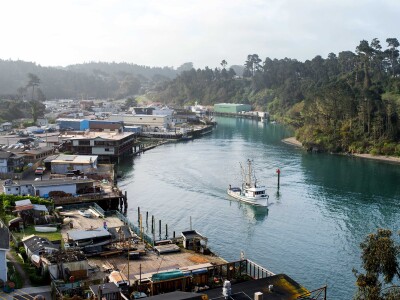
“It was a five-year process,” says Kauer, noting that the organizations divestiture process relied on grant agreements rather that sale of quota. “We wanted to avoid some of the negative impacts of quota management, as when communities lose access to the fisheries. We wanted the communities to retain quota, so helped them create the community fisheries trusts that we then transferred to quota to.”
Kauer notes that the community fisheries trusts are made up of local businesspeople, fishermen, community leaders, conservation professionals, you name it.
“We modeled these on successful community-based management programs in Massachusetts and Alaska,” says Kauer. “The trusts lease out the quota. We had established a risk pool to hold quota for choke species that were rebuilding, but all but one of those species have rebuilt so it’s not so much of as issue as it was.”
Unfortunately, many vessels could not survive through the rebuilding, and according to one former participant in the project, many California ports are no longer hospitable for commercial fishing vessels, and the quota is being leased to large trawlers from outside California.
“It depends on the location,” says Melissa Mahoney, director of the Monterey Fisheries Trust. “I can’t speak to what happens in other locations, but our priority is to lease to local boats.” According to Mahoney, between 2019 and 2022, local boats landed a third of the Trust’s quota. “California boats landed 25 percent,” she says. “Outside boats, mostly from Oregon, landed 43 percent of the quota.”
Unfortunately, Mahoney notes, during the difficult years, most trawlers moved out of the region and the infrastructure they supported disappeared. “It’s hard to bring that back,” says Mahoney, acknowledging that a significant portion of the quota in Monterey is leased to boats from other ports. “On the positive side, we do have a trawler, the 81-foot Noah’s Ark, landing in Moss Landing, and a processor is setting up there. We hope to get more trawlers to return to this area.”
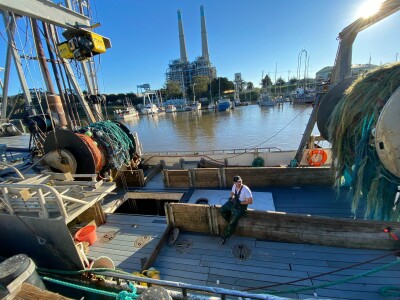
Alexus Kwachka, a longtime resident and fisherman from Kodiak, Alaska has a simple view on quota.
“The privatization of public resource leads to a tragedy of the commons,” Kwachka says. “It’s a small planet. We need to keep these fish fluid and not let them get concentrated. The thing they don’t talk about is the flow of money in the community. There’s around 12,000 people on Kodiak Island, and they estimate that every dollar circulates seven to nine times through the community.
"When you had 400 boats fishing halibut, all that money was flowing through the small businesses here. But when that money is going into the mailboxes of four people and fishermen are sharecroppers, it adds up to billions taken out of the economy, so you lose your ice cream store, your shoe store, your bookstore.”
Again, Kwachka offers a simple solution, no quota for people who don’t fish: “If you want to be a fisherman, you pull on your boots and go fishing.”





